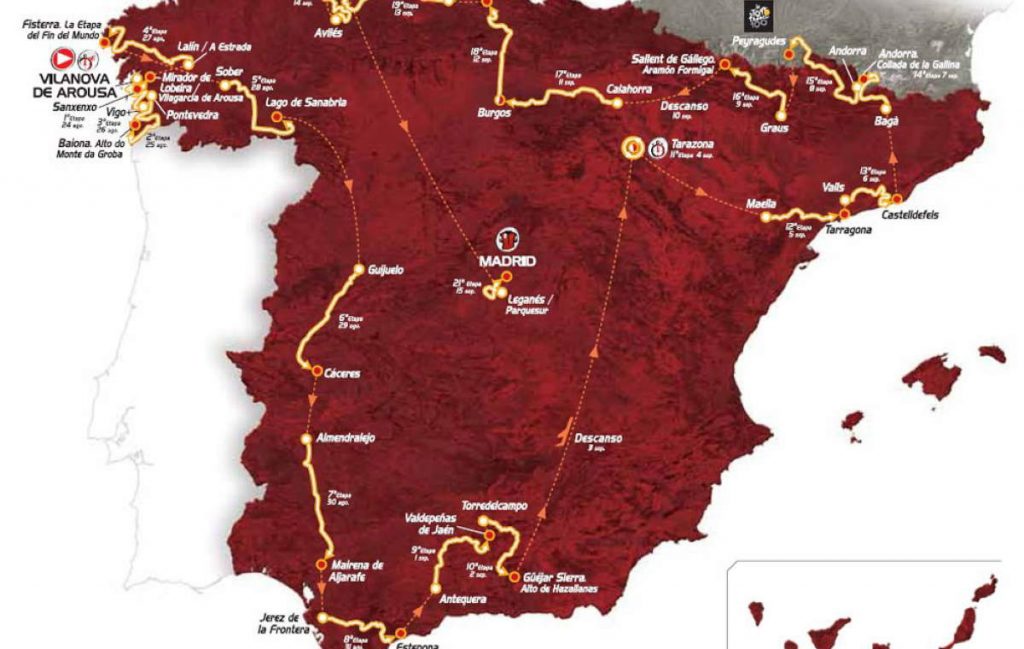Vuelta a España 2013 stage 10 is a mountain stage with summit finish, from Torredelcampo to Güéjar Sierra/Alto Hazallanas. The length of the course is 186.8 km.
The peloton will face the unprecedented Alto Hazallanas climb immediately after having endured the Monachil climb, making this stage highly complicated for all concerned. The difficulty faced in the final part of this stage will make it one of the Vuelta’s truly determining days.
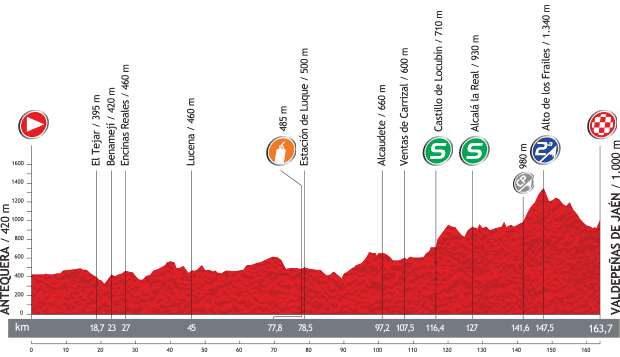
Previous Stage: Vuelta a España 2013 Stage 9 details

Next Stage: Vuelta a España 2013 Stage 11 details
Vuelta a España 2013 stage 10 quick info
- DATE September 02, Monday
- STAGE TYPE Mountains with summit finish
- START-FINISH Torredelcampo (590 m) > Güéjar Sierra/Alto Hazallanas (1650 m)
- STAGE DISTANCE 186.8 km
Vuelta a España 2013 stage 10 profile
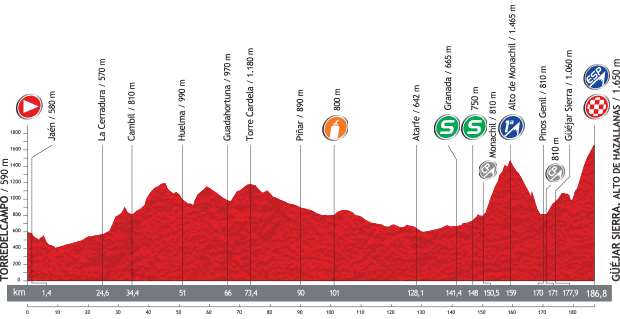
Climbs
Alto de Monachil
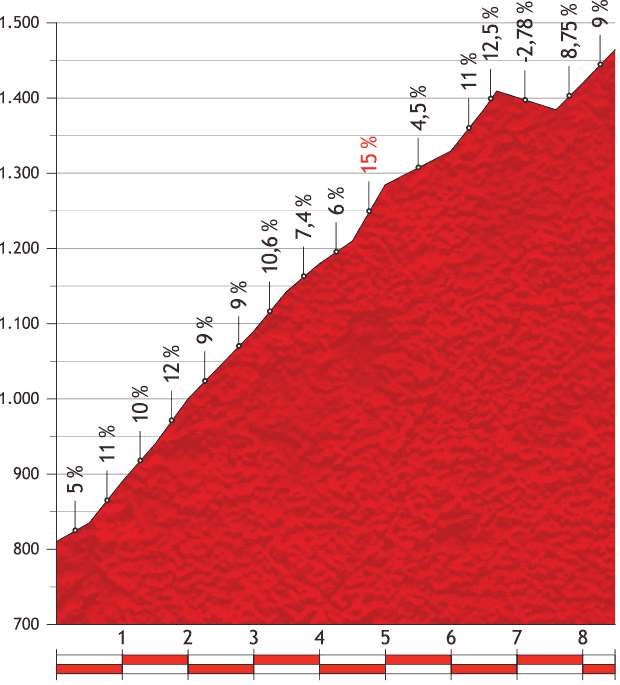
Alto de Hazallanas
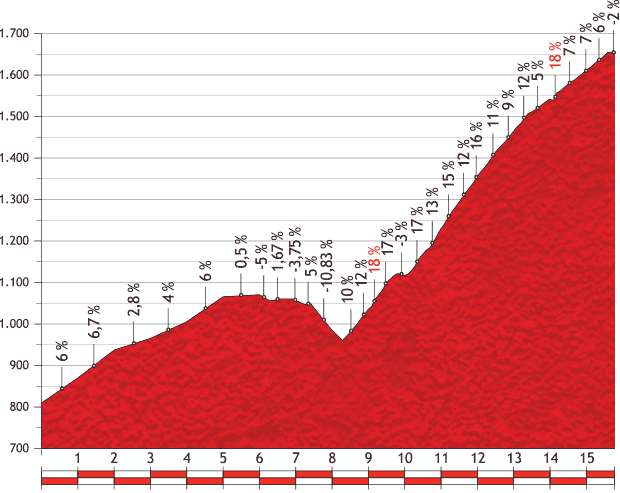
Last kilometers
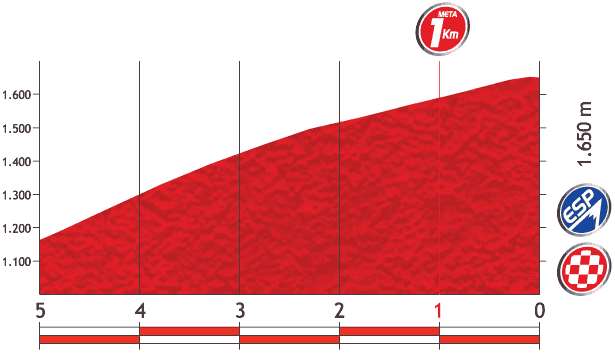
Stage map
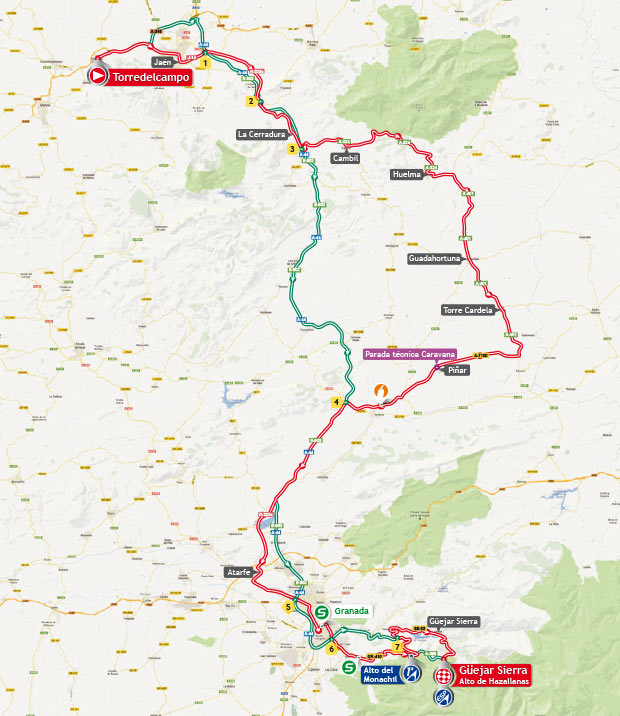
Start: Torredelcampo

Torredelcampo is a city located in the province of Jaén, Spain. The village is located 11 km northwest of Jaén, bordering the highway A-316, at 640 meters above sea level . According to the 2006 census (INE), the city has a population of 14,076 inhabitants.
Finish: Güéjar Sierra/Alto Hazallanas
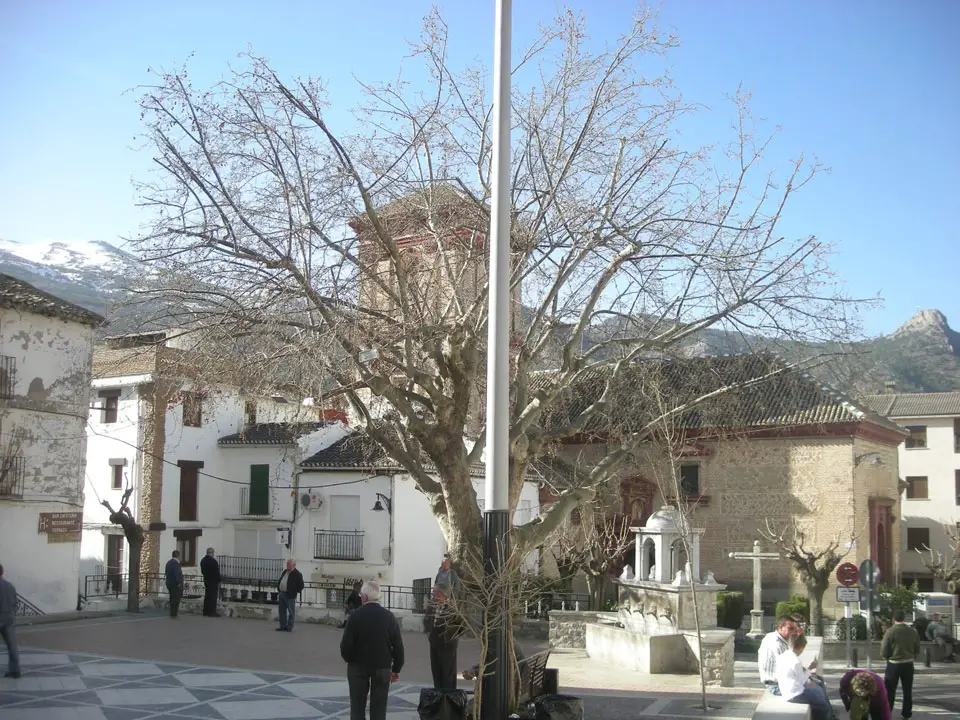
Güéjar Sierra is a village and municipality located in the province of Granada, Spain. According to the INE, it had a population of 2,988 at the start of 2010. The village is situated in the north-western part of the Sierra Nevada mountain range, at an altitude of 1,088 metres. The municipality borders Pinos Genil, Dúdar, Quéntar, La Peza, Lugros, Jérez del Marquesado, Trevélez, Capileira and Monachil.
Its boundary with Trevélez and Capileira runs along the highest ridge of the Sierra Nevada, and over Mulhacén, making these the three highest municipalities in peninsular Spain. The Genil and Maitena rivers rise in Güéjar.The castle of El Castillejo, the ruins of which can still be seen just above the village, was built by the Romans, but it was the Moors who settled the village after their conquest of Spain in 711, giving it the name of Qaryat Walyar.
It remained in Moorish hands until 25 November 1491, when it was taken by Christian forces during the final phase of the Reconquista. In December 1499 the people of Güéjar took part in a rebellion which had in part been provoked by forced conversions, but they were defeated in January 1500. As a result, 2,500 villagers who had previously been baptized as Christians were taken to Granada and sold as slaves. 1568 saw the start of the Morisco Revolt, led by Aben Humeya, which lasted until 1571, although in Güéjar it was put down in 1569.
Güéjar Sierra has a long history as a popular tourist destination. As long ago as the early 1920s the Duke of San Pedro Galatino, owner of the famous Alhambra Palace Hotel in Granada, decided to build a luxurious mountain lodge in the untouched countryside above Güéjar. The hotel, which offered guests all of the comforts of the time, such as electricity, central heating and hot water, was inaugurated on 20 March 1925.
The Duke had also long dreamed of constructing a tramline from Granada to just above Güéjar, from where it would only be a short carriage ride to the hotel. By financing almost a third of the cost himself, he was eventually able to get the first section completed in 1925, and extensions were added in 1928 and 1944.
The project was an incredible feat of engineering, with 14 tunnels and 21 bridges, but it was never a financial success, and in 1973 it was finally closed down. The hotel was also loss-making and was donated by the Duke to the Diocese of Granada in 1936. Shortly afterward the Spanish Civil War broke out, and as the front line ran very close to the hotel, it was used as barracks and was badly damaged as a result. In 1950 it became a seminary.
Güéjar Sierra is the main gateway to the northern faces of Mulhacén, Alcazaba, and Veleta, and is also the starting point for the Vereda de la Estrella, one of the most famous hikes in the Sierra Nevada. As a result, tourism remains one of the mainstays of the local economy.
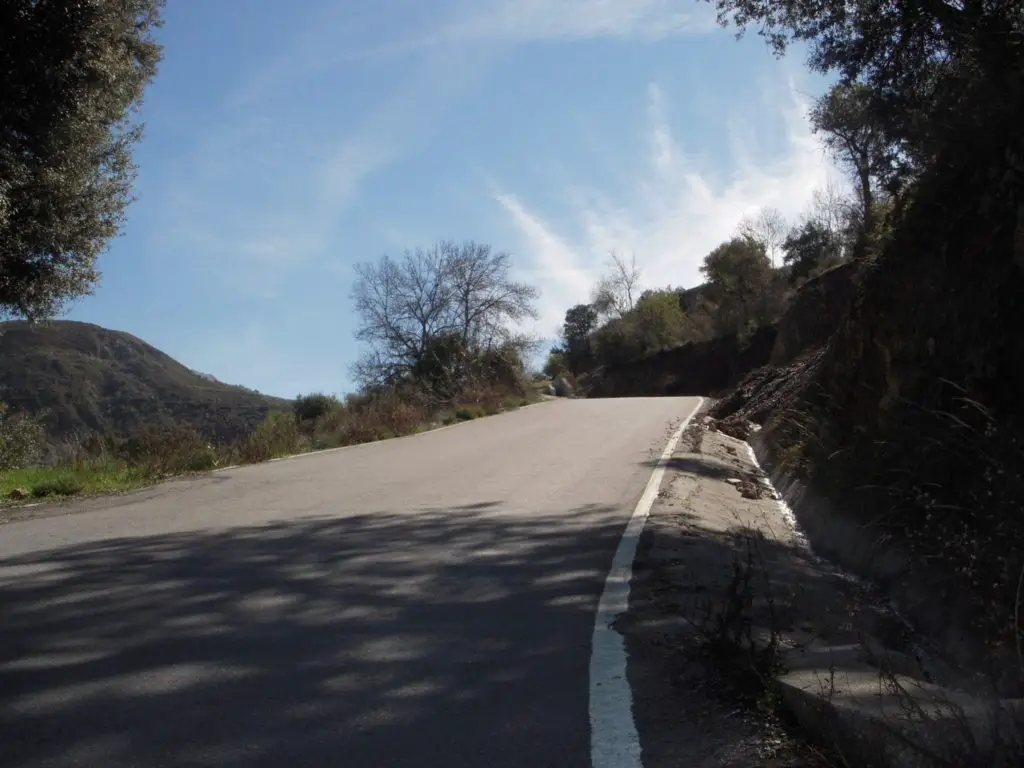
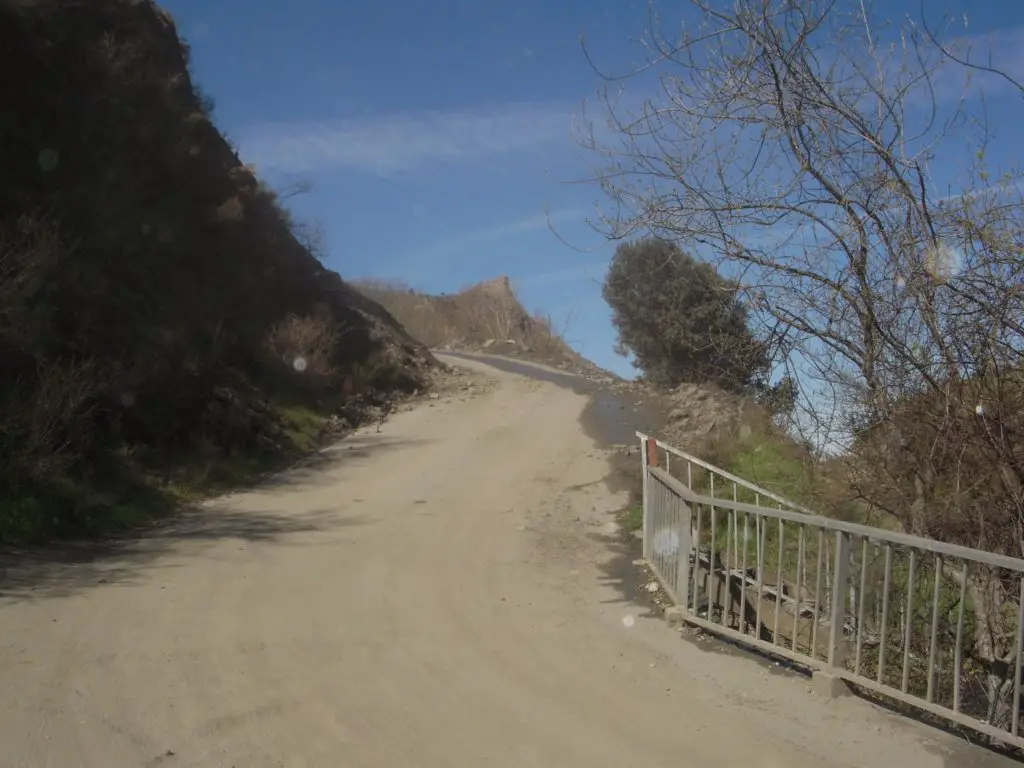
Sources
- La Vuelta official website
- Güéjar Sierra on Wikipedia
- Top 18 fastest Paris-Roubaix editions - April 7, 2024
- Col de Tourmalet [Amazing photo from the 1953 Tour de France] - January 11, 2024
- Bernard Hinault and Francesco Moser, 1981 Paris-Roubaix - December 8, 2023
